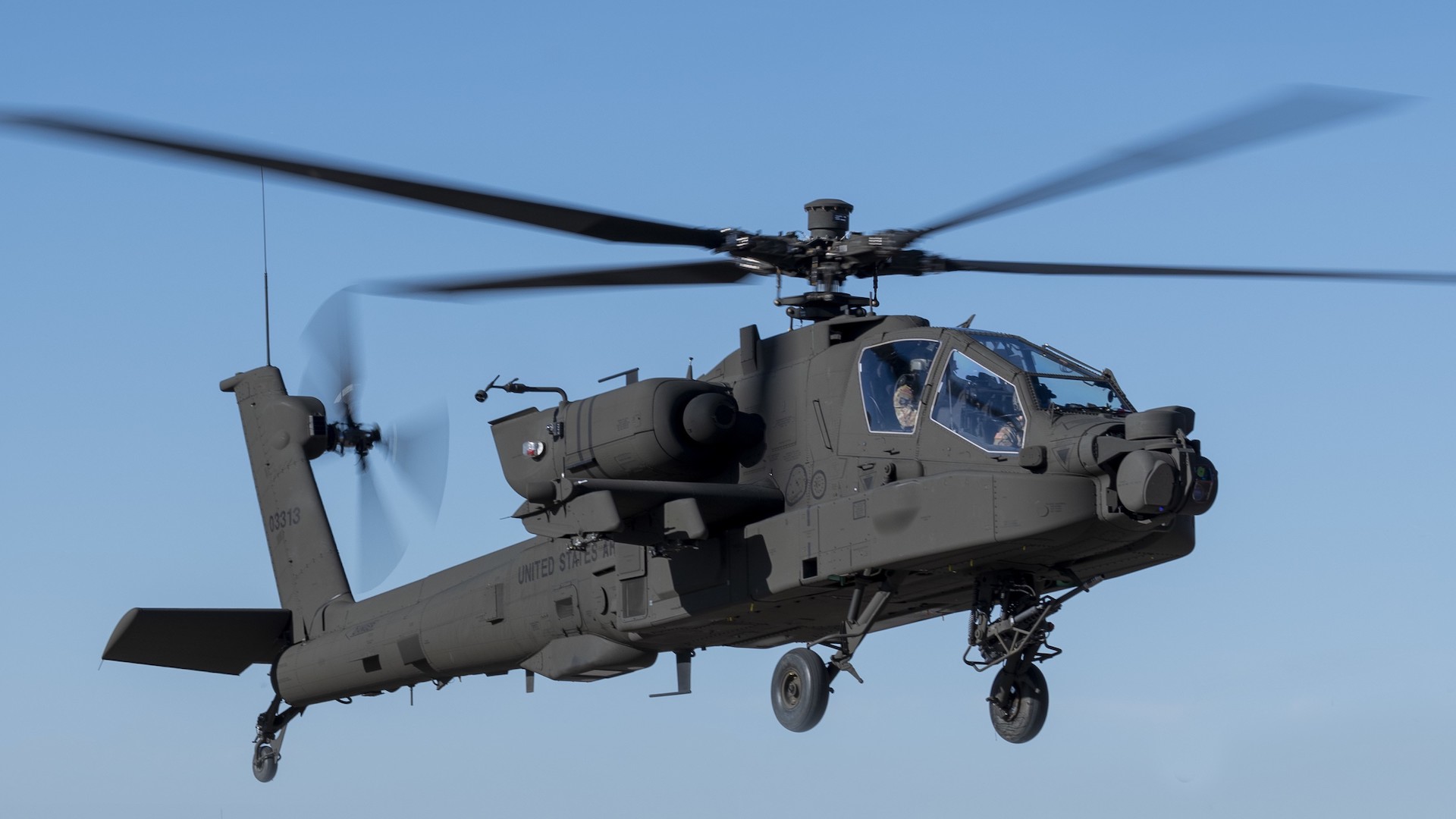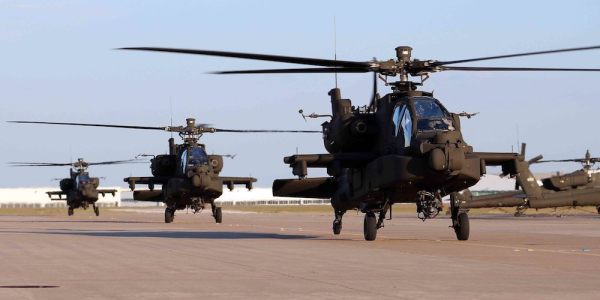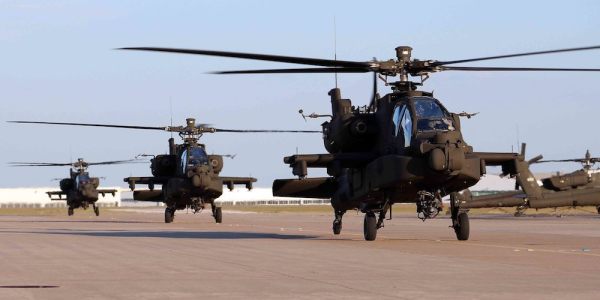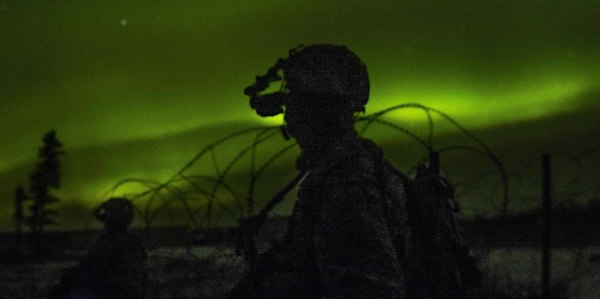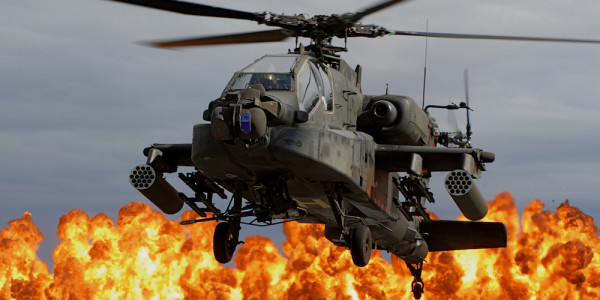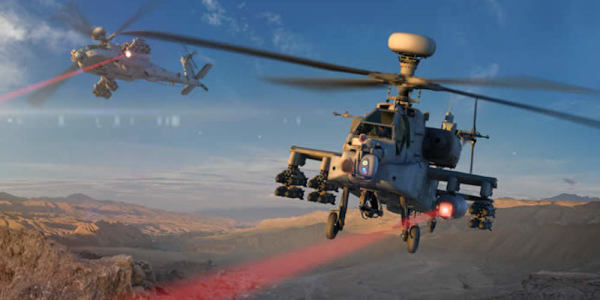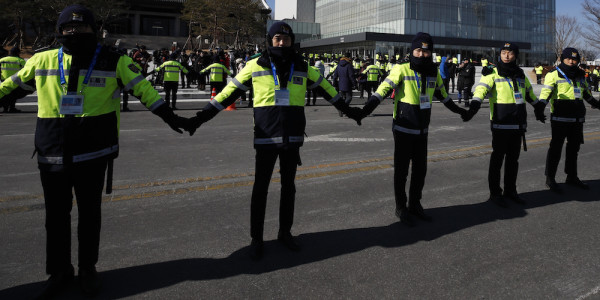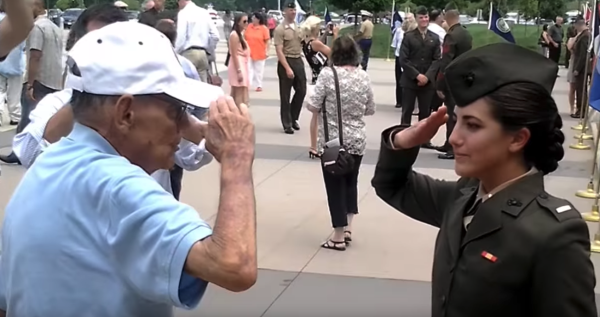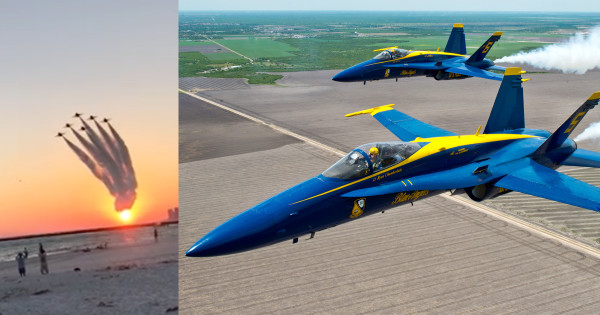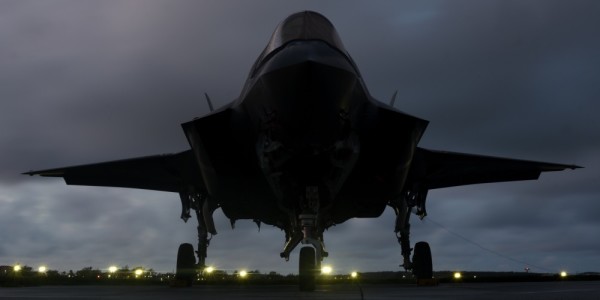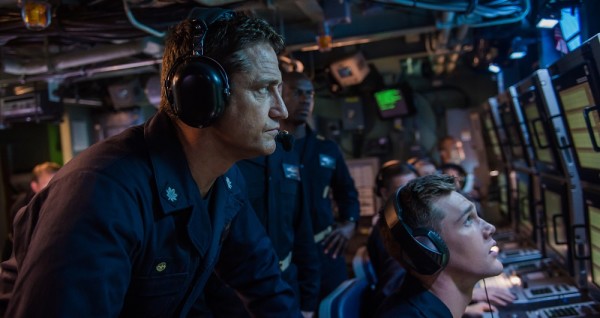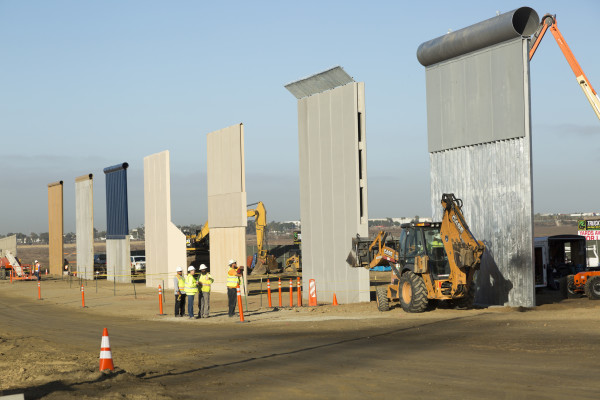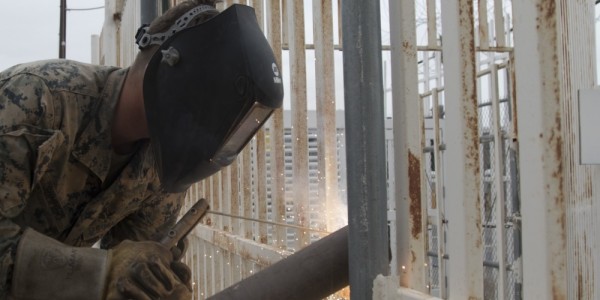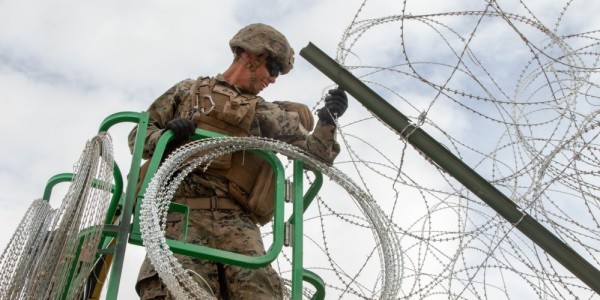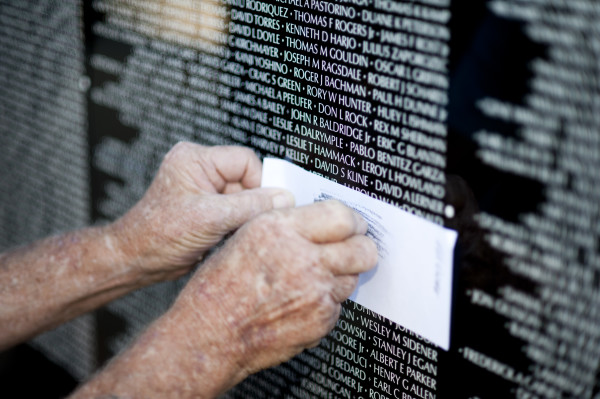Everyone loves the AH-64 Apache helicopter. It is, by far, one of the mightiest and most fearsome feats of military engineering of the modern era: To quote the legendary actor Patrick Stewart: “Now if there’s one thing you can be sure of, it’s that nothing is more powerful than a young boy’s wish. Except for an Apache helicopter. An Apache helicopter has machine guns and missiles. It is an unbelievably impressive complement of weaponry, an absolute death machine.”
Well, fasten your seatbelts because the latest upgrade to the Apache’s venerable airframe is officially coming in for a landing.
The Army’s first contingent of AH-64E version 6 (V6) Apaches made the trek from manufacturing facilities in Mesa, Arizona, to join the 1-229th Attack Reconnaissance Battalion at Joint Base Lewis-McChord in Washington, making it the first operational unit to receive the new variation of the iconic helicopter, the Army announced on Thursday.
The Apache is already a muscular attack helicopter, designed explicitly to both destroy armor and defeat personnel and materiel targets in “obscured battlefield conditions” with its arsenal of M230 30mm cannon, Hydra-70 2.75-inch rockets, and Hellfire missiles. First introduced in 2012, the AH-64E model of the Apache is the final planned modernization of the aircraft that’s been a staple of Attack Reconnaissance Battalions assigned to Combat Aviation Brigades.

The new upgrades are designed to enhance the Apache’s fundamental mission: to search and destroy. They include:
- Multiple upgrades to the Modernized Target Acquisition Designation Sight/Pilot Night Vision System (MTADS/PNVS), including a new integrated infrared laser “for easier target designation and enhanced infrared imagery capabilities.”
- A GEN3 Day Sensor Assembly (GEN3 DSA), which doubles the sensor’s field of view and increases resolution while adding color imagery to improve target detection and identification.
- Link 16 communications, which allows the Apache “to switch network connections on the spot, and merge different networks for an operational picture,” resulting in improved real-time situational awareness in the aircraft’s cockpit.
- Manned-Unmanned Teaming EeXpanded (MUMT-X) software designed to allow Apache pilots to directly control other Army unmanned aerial systems, so far that crewmembers can receive UAS video in the cockpit while directing their flight path and controlling their sensors.
Stronger sensors, improved situational awareness, and better information flowing from an airborne army of drone wingmen — all of these improvements have made the new iteration of the Apache far more versatile and lethal than its predecessors, according to Army aviators.
“The GEN 3 DSA adds a lot of value to the Apache. The addition of Near-Infrared (NIR) Signature and color vision for the Gunner makes target discriminations much easier, minimizing miscommunications within the cockpit, team, or platoon,” said Chief Warrant Officer 2 Logan Featherston, a pilot with the 1-229th ARB’s C Company. “It fills in critical details about the target, and area around it that we didn’t previously have, minimizing the risks of an engagement.”
“The GEN3 DSA is a real game-changer,” said Chief Warrant Officer 4 Sven Anderson, a Battalion Standardization Instructor pilot. “It puts the Apache into a position where our sensors are out-ranging our weapon systems. We can identify targets before we are even in range to shoot them which allows us to better leverage long-range precision fires from other platforms and reduce our signature.”
The V6 iteration of the Apache has proven its worth in operational testing in recent years. The Defense Department’s OT&E assessment for the fiscal year 2019, the most recent for the Apache, found that the new airframe displayed “improved operational effectiveness” compared to earlier versions, so far that V6 units had higher mission success scores and engaged targets at greater ranges.”
It’s unclear when additional upgraded Apaches might start rolling out to Army units across the country. According to the 2019 OT&E report, the service procurement objective currently stands at 791 aircraft. Only time will tell if the legendary aircraft’s upgrades will require a new tribute from Stewart.

